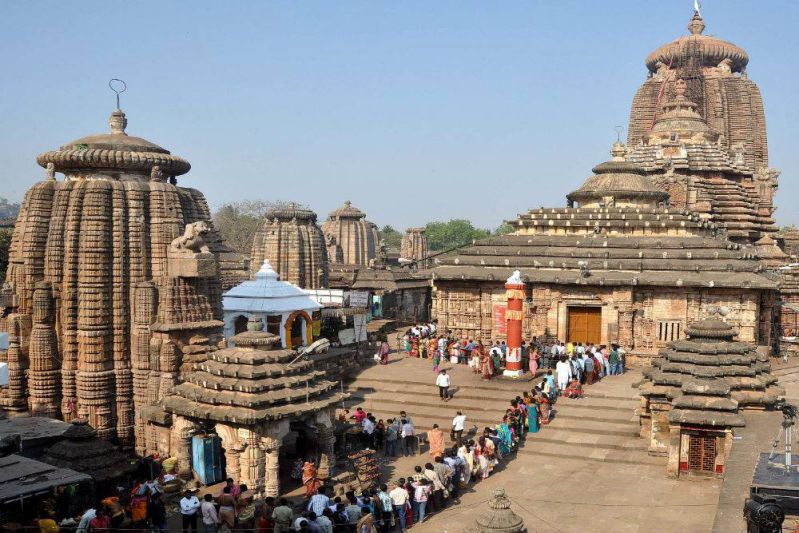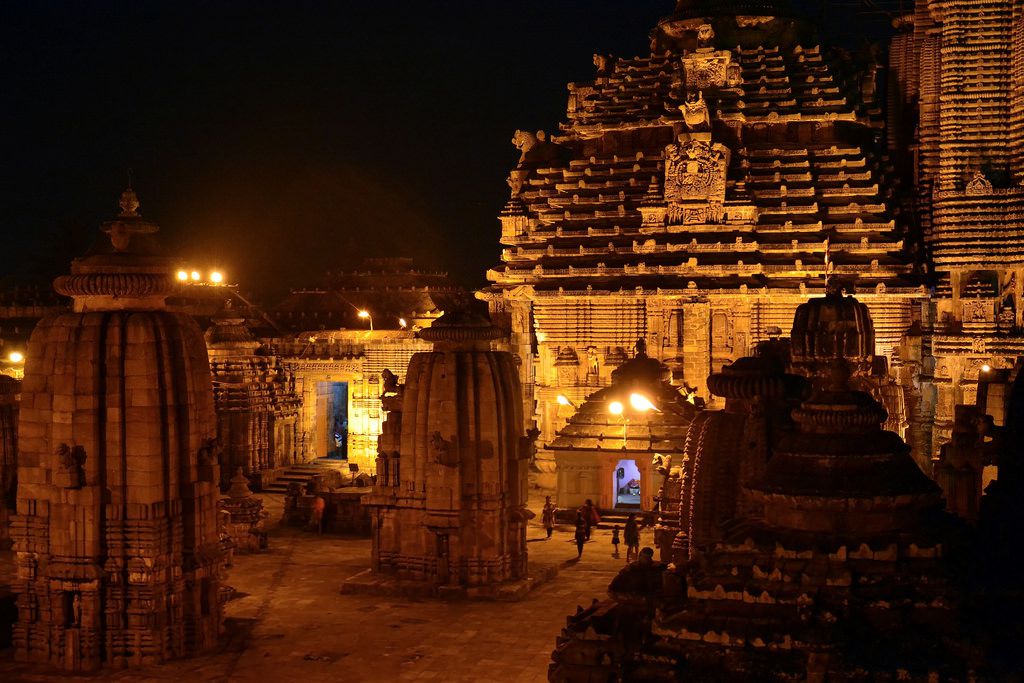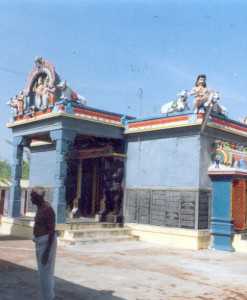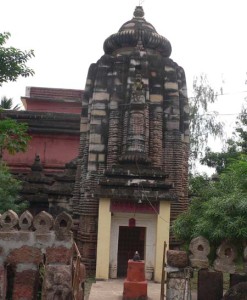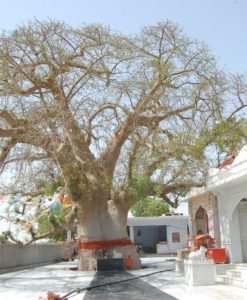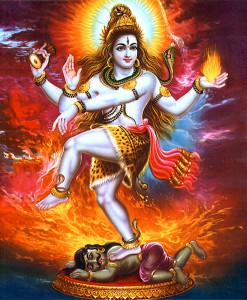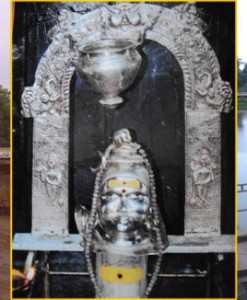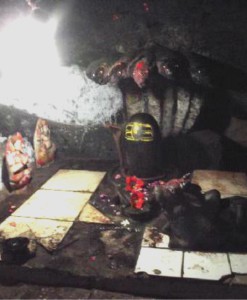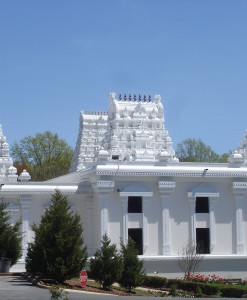No products in the cart.
The temple is dedicated to Lord Shiva, also known as ‘Lingaraj’. It is adorned with beautiful sculptures, which have been carved on the spire. Lingaraja temple is approximately 54.8 metres high and enshrines a huge statue of Lord Shiva, made up of granite. The idol is 8 feet in diameter and is placed on a platform that is about 8 inches above ground. The deity is bathed everyday with water, milk and bhang (marijuana)
Lingaraj Temple, Bhubaneswar
Lingaraj Temple is a temple of the Hindu God Shiva and is one of the oldest temples of the Temple City Bhubaneswar, a revered pilgrimage center and the capital of the state of Orissa.
The temple is more than 1000 years old, dating back in its present form to the last decade of the eleventh century, though there is evidence that parts of the temple have been there since sixth century AD as the temple has been emphasized in some of the seventh century Sanskrit texts. This is testimony to its sanctity and importance as a Shiva shrine. By the time the Lingaraj temple was constructed, the Jagannath cult had been growing, historians believe, which is evidenced by the co-existence of Vishnu and Shiva worship at the temple.
The temple is traditionally believed, though without historical authentication, to be built by the SomaVanshi king Jajati Keshari, in 11th century AD. Jajati Keshari had shifted his capital from Jajpur to Bhubaneswar which was referred to as Ekamra Kshetra in the Brahma Purana, an ancient scripture.
: Lingaraj Temple stands majestically as the largest temple in Bhubaneswar. At 55 metres high, it dominates the landscape with 150 smaller shrines in its spacious courtyard and is surrounded by massive walls lavishly decorated with beautiful sculptures.
This temple has actually four parts:- the main temple, the ‘Yajna Shala’, the ‘Bhoga Mandap’ and finally the ‘Natya Shala’. This temple has both Lord Shiva and Vishnu. Vishnu is actually present as Saligramam idol. The Shiva idol which is surrounding the Vishnu (Saligramam) idol. Even the temple on the top has got no trishul (which is considered to be the weapon of Shiva) and even Chakra (which belongs to Lord Vishnu). It has only Lord Rama’s arrow symbol, probably because Lord Rama was a worshipper of Lord Shiva.
The temple’s main gates have Lord Shiva, Trishul on one side and Lord Vishnu, Chakra on the other side.
Sculpture and Temple Traditions This magnificent temple, dedicated to Shiva, represents the quintessence of the Kalinga type of Hindu architecture. Along with the Raja Rani Temple, it is the pinnacle of the architectural exhibition at Bhubaneswar. It contains a profusion of sculptural work. It is built of red sandstone which gives it a darkest color. The massive granite block in the sanctum, the Swayambhu, is worshipped both as Shiva and Vishnu. The harmony of the two sects is seen in this temple where the deity is worshipped as Hari-Hara, that is, Vishnu and Shiva. The presiding deity, is the Swayambhu Linga. The granite block image of the Linga is said to be bathed daily with water, milk and bhang (marijuana) Almost all the Hindu Gods and Goddesses are represented here, reflecting the innate element of harmony within the religion.
The daily rituals of Lord Lingaraj start early in the morning and continue till late evening. The temple gates are thrown open early in the morning between 5.30 a.m and 6 a.m. The door is opened by the functionary called Pharaka who has the key. The opening takes places in presence of a representative of Pancayat and the Palia Badu. The Sevaka, i.e., the Palia Badu enters the temple with a Kalasa of water and sprinkles the water on all the Sivalingas inside the temple. Then the sanctum door is opened and a servant called Akhanda now performs the Mangala Arati or auspicious waving of light in honor of Lord Lingaraj. The deity wakes up from his sleep: this ceremony is called Pahuda Bhanga.Thereafter, the Palia Badu removes the bilvaleaves, flowers, etc. placed on the llinga in the previous night.The ceremony of the washing of teeth is performed with a twig and after being bathed, the Lord is offered flowers and bilva leaf,etc. Then Lord Lingaraja is ready for public Darsana. This gathering of devotees wanting to have a view of the lord is called Sahana Mela. Generally it continues from 7.30 a.m. to 12 noon. On special occasions, the sanctum remains open for a much longer period.After Sahana Mela, a purificatory ceremony orMahasnana takes place. The Palia Badu bathes the deity and washers the linga pitha with water. Then, panchamrta, consisting of milk, honey, curd, butter and guda(jaggery), is poured on the linga for purifications. Thereafter, the linga is dressed and decorated with ornaments, flowers,etc. Lord Lingaraj is offered bhoga eight times daily and this includes five avakasas and three dhupas.
These comprise the followings:
1. Bala dhupa or vala ballava
2. sakala dhupa
3. Bhoga- Mandapa Dhupa or Chatrabhoga
4. Virakisore ballava
5. Dvipahara dhupa or madhyahna dhupa
6. Teraphita
7. sandhya dhupa
8. Bada singhara
King Jajati Keshari, believed to be the founder of the Lingaraja temple, deputed Dravidian Brahmins as temple priests over the local Brahmins on account of their increased knowledge of Saivism. The focus was to enhance the temple practises from tribal rites to Sanskritic. While the exact number of castes involved in the nijogas (practises) is not known, Brahmins, tribal worshippers and inmates from Untouchable castes are believed to be part of the setup. Bose (1958) identified 41 services with the involvement of 22 separate castes and Mahaptra (1978) identified 30 services. It is understood from the records that kings and temple managers of different times introduced or discontinued certain services, fairs, offerings and caste-centred core services during their regime.

